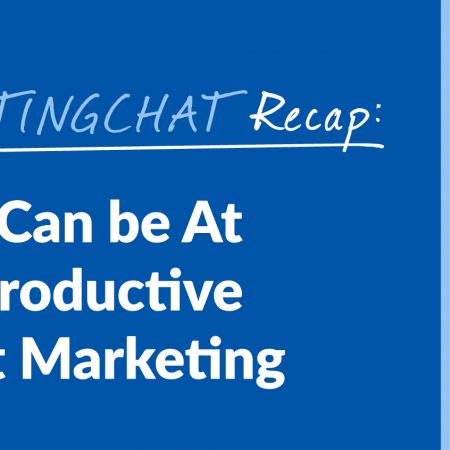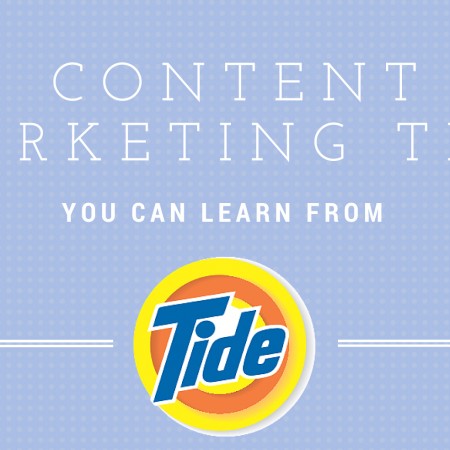The Future of Blogging: Today’s Recipe for a Perfect Blog Post
A craveable, delicious, delightful blog post isn’t much different from a pastry. As long as you follow the recipe, steps included, you will create a post your readers are hungry to devour – and might even return for more. The good news is you won’t make a special trip to the grocery store to get started on the perfect blog post. Everything you need is in your virtual pantry – you just didn’t realize it. Writing a blog post, especially in today’s competitive market, is intimidating. Once you break it down and understand the ingredients, however, you can whip up these readable bits on the fly and stay up with the trends for the future of blogging in 2023. So, What Do You Need to Craft the Perfect Blog Post in 2023? The future of blogging has certainly changed. What worked last year doesn’t necessarily apply today. Therefore, staying up on the latest blogging and SEO trends is essential so that you know what Google expects – and, more importantly, what today’s reader wants. The Perfect Blog Recipe Before you start to type, you want to make sure you have the following essentials ready to add to the mixing bowl: 1 click-worthy title 1 attention-keeping introduction A pinch of creativity A few cups of informative, scannable subheaders A splash of succinct body copy A handful of authoritative research and your expertise 1 part formatting 1 delectable conclusion A dusting of enthusiasm for the topic A garnish of passion for your niche Putting it Altogether – How the Future of Blogging will Change How You Use These Ingredients As you can see, the ingredients haven’t changed, but how and when you use them has. We will break down each portion of this recipe so that you know how to mix it all in and get your readers to come back for more. Creating Your Title By far one of the most essential ingredients! Your title sets the stage for what the reader can expect, even determining if they ever get past the SERPs to read your blog. Spend time on this stage of your recipe. In fact, whatever you title it as your “working” title, be prepared to come back and rework it until it is just right later. Don’t hastily toss forth the first title you have in mind. Instead, let it sit and rest, and the flavors meld together. Think of title creation as a slow, steady simmer rather than a rapid boil. A good title mixes intrigue and information and is not too long. Yes, Google says there is no limit, and the length of your title will not influence your search engine results. Instead, it affects whether or not someone will click on it. The first 60 characters matter the most – so make those count even if you have a 100-character title. Whatever you do, don’t over-sprinkle in the keywords for your title – not only will it kill your readability factor and turn off any enthusiastic taster, but it will turn away Google too. Roll Out Your Introduction Your introduction supports your title. So perhaps you may not create it until you have solidified your intro – and that’s okay. An introduction requires time and patience. While you will mix up something short, sweet, and enticing, you will also want it to rest a few hours before you revisit and rework it again. While adding a keyword to the introduction is essential, ensure it is not the highlighting flavor. An introduction gives readers just a taste of what else is to come, but the full flavor doesn’t explode until the end. Of course, if your introduction isn’t tasty enough to keep reading, the end doesn’t matter much. So, take your time, rework it after the entire blog is done, and ask yourself, would I eat this up? Never Forget the Power of Creativity Too many recipes lack creativity. Think of those five-star restaurants – are they working with “vanilla” recipes used over and over again? Of course not. They are hashing out something unique that stays with their branding but still tantalizes the tastebuds. Never leave out a pinch of creativity in your content – all of your content. Creativity should be tossed in from the start; if you can’t taste it, add more. Start Rolling Out Subheaders Subheaders help your reader scan and understand what they are about to digest. They should go in an even flow, make sense, and inform. Ideally, subheaders are introduced every 300-500 words max (there’s nothing wrong with adding them in fewer words as long as the words in between pack a powerful punch). Subheaders are a great place for optimizing with secondary keywords but don’t overdo it. Time to Mix in Your Body’s Copy You have a working title, and you’ve rolled out the subheaders. Now comes the time to mix together your blog’s body. But before you add anything, do your research. You may be an expert in your niche, but that doesn’t mean you won’t need resources to back up what you say. Today, using authoritative, high-quality links is still a must-have for any recipe. Search Engine Journal states that every site needs credible, authoritative, and trustworthy content – and a reader can’t take you at your word without some citations. As you mix up that copy, make sure to spice it up enthusiastically. Nothing turns a reader away more than negativity. So, likewise, be as passionate about your niche as you want your reader to be as you create your blog – if you are not excited about it, why should they be? A few other things to keep in mind while you mix up your body’s copy: Optimize Gently. Optimizing your content is like working gluten. Too much, and it’s gotten too chewy, stiff, and undesirable. Yes, keywords matter in 2023, but how and where you use them has changed. Focus on Your Brand’s Authority. What Google praises more than keywords are brand … Read more








